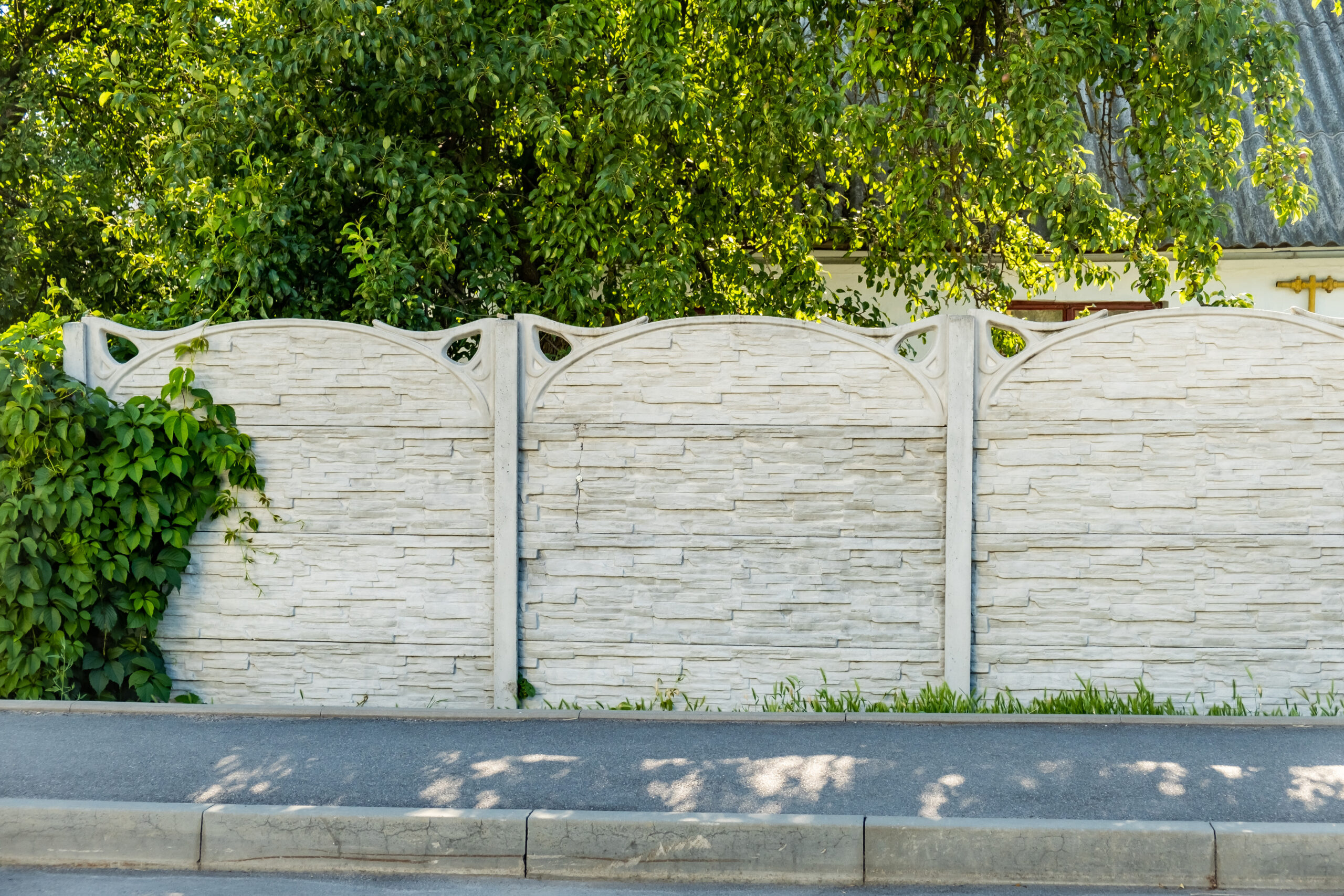If you’re planning to build a fence in Stamford, CT, one of the first questions you might ask is: Do I need a permit? The short answer is yes—in most cases, you’ll need at least a zoning permit, and in some situations, a building permit as well. Whether you’re installing a fence for privacy, security, or curb appeal, it’s important to understand the local requirements before starting your project. Failing to follow city regulations can lead to delays, fines, or even being forced to take down your new fence.
In this post, we’ll explain everything you need to know about fence permits in Stamford so you can move forward with confidence.
Zoning Permit Basics
In Stamford, a zoning permit is required for most fences, even if they’re not very tall. This applies to fences around residential properties, front yards, backyards, and even side yards. A zoning permit ensures that your fence complies with local zoning laws, including height restrictions, placement rules, and visibility standards.
For fences up to 7 feet high, a zoning permit is typically sufficient. These are the kinds of fences most homeowners install for privacy or containment. To get a zoning permit, you’ll need to submit a simple application with a site plan that shows where the fence will be installed. In most cases, you can expect the approval process to take a few business days.
Building Permit Requirements
If your fence exceeds 7 feet in height, things change. Any fence taller than 7 feet is considered a structure under the building code, and therefore also requires a building permit. This means you’ll need to provide construction details, possibly stamped drawings, and meet building code standards related to strength and safety.
In some cases, a building permit may also be required for retaining walls that support fencing or for unique materials that raise structural concerns. Always double-check with the city before starting construction on a fence taller than 7 feet.
Height Restrictions by Location
Stamford also has rules that limit fence height depending on where the fence is located on your property:
- Front yard fences can usually be up to 6 feet high.
- Side yard fences are also typically limited to 6 feet.
- Rear yard fences may go up to 8 feet, depending on zoning conditions.
If you want to install a fence that exceeds these height limits, you may need to apply for a special zoning exception or variance. This can involve a longer review process and possibly a public hearing.
Property Lines and Setbacks
Permits also help ensure you’re not violating setback requirements or encroaching on neighboring properties. Even with a permit, it’s your responsibility as the property owner to verify where your legal property line is located. If you install a fence on a neighbor’s land or too close to a sidewalk or street, you may be required to remove or relocate it at your own expense.
In some cases, especially for corner lots, visibility triangles must be maintained so that drivers and pedestrians can see around the fence. These visibility standards help improve safety at intersections and driveways.
Gates, Materials, and Decorative Elements
Adding gates, lattice work, or other decorative features can also affect whether or not you need additional approval. For example:
- Driveway gates might require additional setback space.
- Fence toppers that increase the overall height of the structure might push you into building permit territory.
- Unusual materials like concrete, stone, or metal panels may be subject to further review.
Always include these features in your original permit application to avoid unexpected issues later.
Permit Duration and Expiration
Once your fence permit is approved, you usually have 12 months to complete the work. If you need more time, you can apply for an extension, but you must do so before the original permit expires.
Why Permits Matter
Many homeowners are tempted to skip the permit process, especially for simple wood or vinyl fences. However, getting the proper permits helps ensure that your fence:
- Complies with local zoning and safety rules
- Won’t cause legal disputes with neighbors
- Won’t need to be torn down due to violations
- Adds lasting value to your property
It also helps avoid fines and penalties that can cost more than the permit itself.
What to Do Before Building
If you’re ready to install a fence in Stamford, here’s a quick checklist to get started:
- Measure and sketch where you want the fence to go.
- Confirm the fence height and materials.
- Visit the zoning department (online or in person) to apply for the required permits.
- Hire a contractor or DIY based on your permit’s guidelines.
- Schedule inspections if required by your permit type.
- Build your fence only after permit approval.
Final Thoughts
Permits may feel like a hassle, but they’re a necessary part of fence construction in Stamford, CT. In most cases, you’ll need a zoning permit, and in some cases, you’ll also need a building permit. Fence height, location, and design all play a role in what’s required. By following the rules from the start, you can save yourself time, money, and stress—and enjoy your new fence without any problems.

